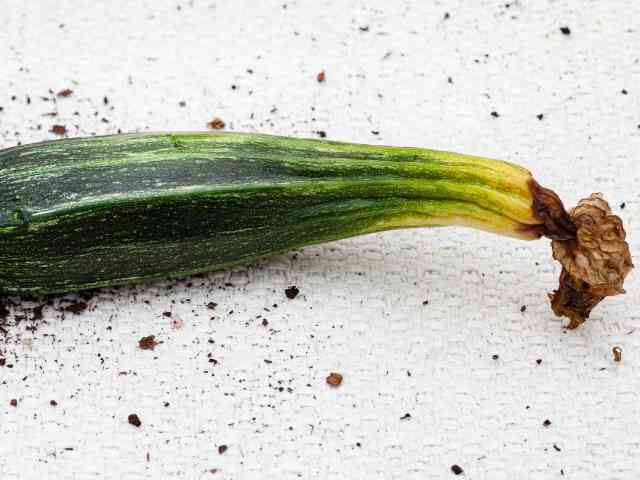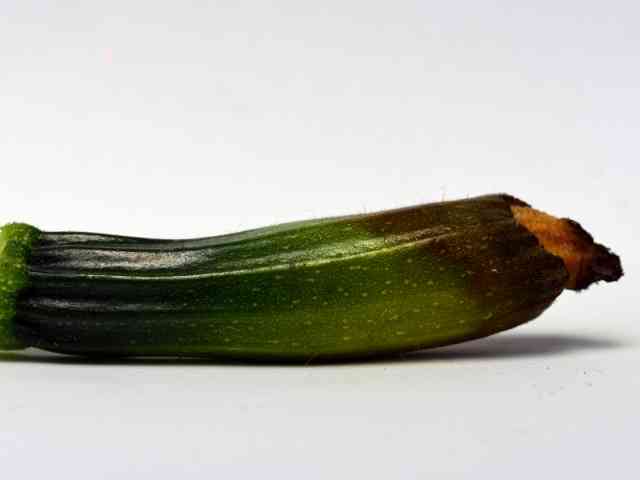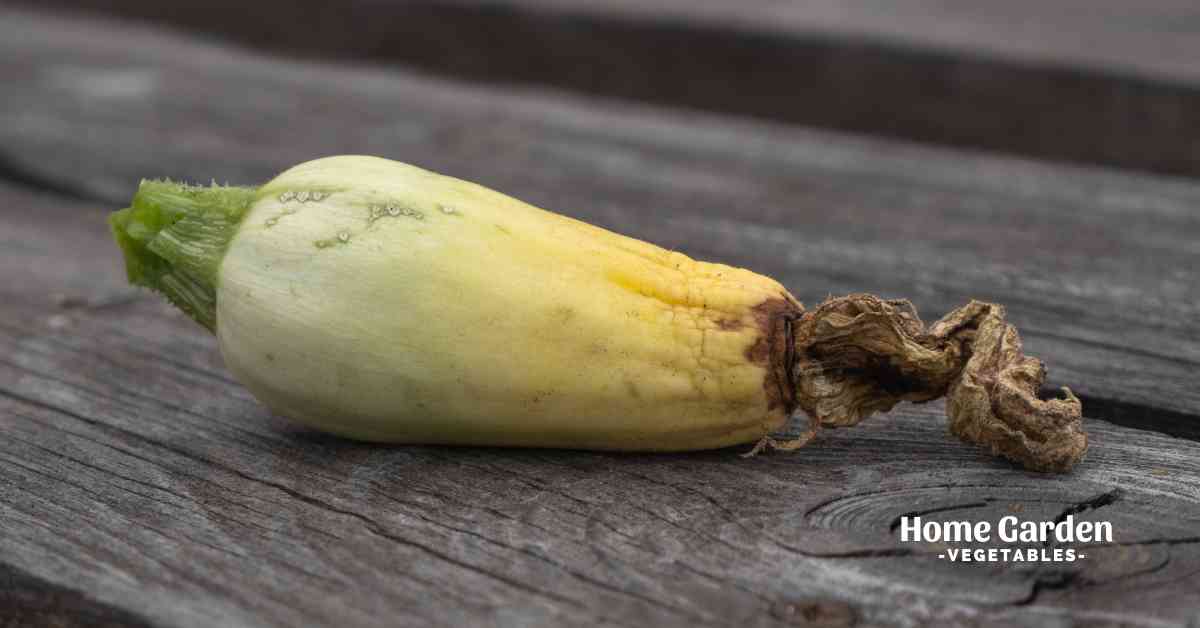Sometimes zucchini plants suffer from “blossom end rot.” This condition occurs due to insufficient calcium intake; but don’t worry — the solution should usually be straightforward!
Here is some guidance for dealing with zucchini blossom end rot as well as strategies on preventing further issues in future harvests.

Starting Out
Zucchini is an easy summer squash variety to grow – its green hue makes for beautiful long vegetables with large blossoms that produce huge harvests of up to two feet in length!
People use zucchini in many recipes such as soups, salads and main meals alike and growing this favorite can often require little maintenance or care from gardeners themselves! Plus! Growing zucchini requires little attention from their owners!
Reader Poll: What online courses would interest you?
Zucchini belongs to the same family as cucumbers, squash and melons and originated in Central America before spreading throughout Italy in 16th-century. The word “zucchini” comes from “Zucca,” Italian for squash.
Zucchini plants thrive in warm weather and should typically be planted either late spring or early summer. Optimally they need sunny spots with well-draining soil that drains well; although ideal conditions don’t always exist for success; zucchini plants tend to adapt easily even under less-than-ideal circumstances and grow quite well regardless.
Zucchini’s Flowers
Zucchini Plant’s Attractive Flowers Zucchini plants boast stunningly beautiful blooms. Boasting vibrant yellow petals topped by orange centers, their flowers draw bees and other pollinators like beetles as pollen pollination ensues; you could also use these lovely blossoms for tea!
Subscribe to our newsletter!
Once a zucchini plant flowers, its produce becomes abundant quickly. You should pick your zucchinis when they reach 6-8 inches long for best results; either raw or cook in various dishes like soups, stews and main courses for delicious results!
How Can Zucchini Benefit Your Lifestyle
Zucchini is an immensely useful vegetable, offering numerous uses. Here are just a few ideas of its applications for everyday life:
Make zucchini “zoodles” as a healthy pasta alternative, by cutting into thin wedges and roasting with oil and herbs instead of potatoes in the oven.
Frittata-making with zucchini also works very well and you could also replace rice in stir fries with it for even healthier meals!
Make delicious zucchini soup using your favorite vegetables and herbs, bake zucchini bread/muffins as quick snacks or use it instead of the usual pepperoni/sausage topping on pizza/flatbreads; shred the zucchini then combine with eggs, Parmesan cheese and herbs to form delicious fritters for delicious fritter making experiences!
Grill thick zucchini slices on the barbecue for a healthy side dish or combine zucchini with banana, almond milk and honey into an irresistibly refreshing smoothie for an incredible nutritional treat. Zucchini Not Only Tasty but Also Good For Your Health
More Health Benefits
Zucchini can bring healthful benefits. It’s delicious yet beneficial: it contains nutrients essential to good living: essential minerals like iron and calcium are found within its seeds that offer protection.
Zucchini contains vitamins A, C and K as well as folate and manganese for an ideal daily healthy eating diet. With only 100-130 Calories and Fat per cup serving and high Fiber content that aid digestion preventing constipation. Plus its protective antioxidant properties may even protect against certain diseases like cancer!
Zucchini provides potassium to support healthy blood pressure. Carotenoids in zucchini help improve vision while protecting from eye problems, and flavonoids fight inflammation – protecting you against cardiovascular diseases as well as arthritis.
Zucchini helps regulate blood sugar levels, making it an excellent food to include as part of an anti-diabetic diet. Plus, its magnesium-rich composition promotes sleep quality while relieving stress levels.
Dealing With Zucchini Blossom End Rot Its Zucchini blossom end rot can be an inconvenient nuisance that threatens to reduce harvest yields. It occurs when zucchinis don’t receive sufficient calcium from various sources – including lack of soil calcium, irregular watering or lack of magnesium.
Bloom End Rot is easily identified when brown or black spots appear at the ends of zucchini plants, particularly when located in hot and dry climates. To minimize its presence in your area, be sure to provide ample watering, plus calcium-enriched fertilizer to your plants in order to mitigate this threat.
How to Prevent Blossom End Rot in Zucchinis
In order to effectively combat blossom end rot on zucchinis, it is vital that optimal conditions exist:

Zucchinis enjoy full sun and healthy soil that drains well, and need regular yet even irrigation without overwatering or under-watering. Water them evenly without too much or too little.
Mulch around plants helps retain soil moisture levels for maximum production of clean zucchinis that won’t develop blossom end rot later. Harvest them when ready so as to minimize wasteful overproduction of bloom end rot diseased fruit!
Care of Zucchini Blossom End Rot
If you notice zucchini blossom end rot, don’t panic: it can easily be fixed. Simply discover why it is occurring–for instance if calcium deficiency may be an issue then add extra to your soil; or uneven watering could be at fault so ensure to water evenly between rows.
Conclusion
Zucchini is an incredible vegetable to incorporate into many delicious dishes.
But sometimes its blossom end rot can get sick due to an inadequate supply of calcium in its environment. Fixing this problem means discovering why and taking necessary actions that prevent future incidence.

